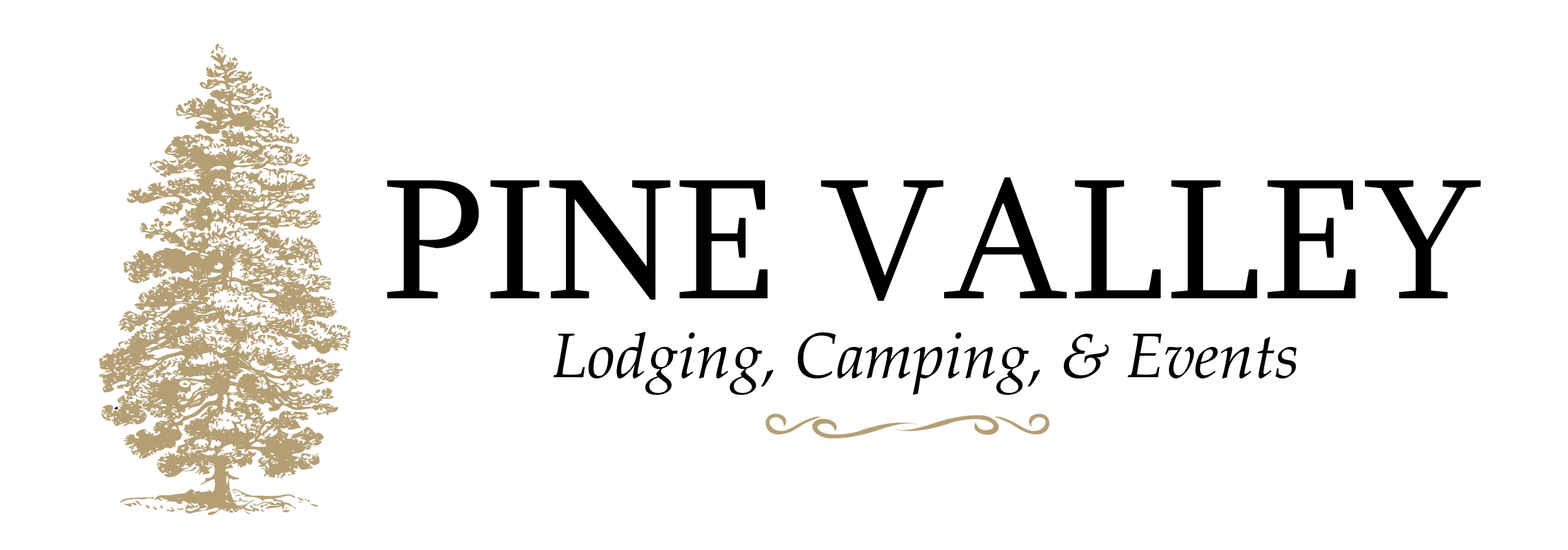The Hunt for Morel Mushrooms
Morels are spring mushrooms that can be found between March and June, depending on climate, weather, and elevation. They will not grow if the soil is too warm or cold. Morels also tend to like moist soil, so snowy winters and rainy springs are ideal.
The top or cap of a Morel looks something like a sponge, with a shape similar to a tiny Christmas tree. The stem is thick, and when sliced, the whole mushroom is hollow. They come in a variety of sizes, but most average three to four inches tall and are usually tan or black in color.
Where to Look for Morels?
South-Facing Hillsides
The sun will warm the southern slopes of hillsides much more quickly than the north side, and these edible mushrooms will appear there first.
Logging Areas
Places with plenty of downed trees are prime spots. The sun's warmth is able to get to the ground unimpeded by a canopy of trees.
Apple Orchards
Fruit trees tend to be favored by Morels.
Elm, Oak, & Ash Trees
These trees are most commonly associated with morel mushrooms. Identifying trees is a skill that will help you in your hunt for Morels.
Burn Sites
Morels can usually be found in burned areas, after a wildfire or a controlled burn.
Streams and Creeks
Streams and creeks will usually have decent moisture and soil content for spotting these little guys.
As with any wild edible, be sure you can identify morels before eating them. Either tag along behind an experienced morel hunter or take a good reference book along on your hunt. There is no test to determine edible versus poisonous mushrooms. The only way to tell if a mushroom is edible is by positive identification. If you’re not 100% positive of the fungi, don’t eat it! When in doubt, throw it out.



